Today is ‘National Day of Action’. Claremont College takes bullying seriously and we actively seek opportunities to teach our students about the different forms of bullying, and how they can respond if they see or experience bullying. Bullying may be physical, social, cyber or verbal. It may involve racism, sexism or classism. We know how serious the impact can be on people’s lives. Claremont College does not tolerate bullying.
Interpersonal relationships are complex. As children grow and change, shifts in friendship groups are common, with conflict being a normal part of any relationship. However, targeted and ongoing bullying behaviours are not. Next week your child’s grade will discuss how conflict within healthy relationships differs from unhealthy bullying behaviours. It is important we focus on the ways we can all help create a safe, positive and compassionate community for everyone.
Bullying… what is it exactly? Many people think that their child may be bullied when in fact their child has just had a one-off disagreement. So here is what we teach our students:
*”Bullying is more than just a fight, being mean or disliking someone. Bullying is when someone or a group of people who have more power than you, repeatedly use words of actions to hurt you. It can happen anywhere – at home, with friends, in a group, on the bus or at school.”*
The national definition of bullying in Australian schools is:
*”Bullying is an ongoing misuse of power in relationships through repeated verbal, physical and/or social behaviour that causes physical and/or psychological harm. It can involve an individual or a group misusing their power over one or more persons. Bullying can happen in person or online, and it can be obvious (overt) or hidden (covert). Bullying of any form or for any reason can have long-term effects on those involved, including bystanders. Single incidents and conflict or fights between equals, whether in person or online, are not defined as bullying. However, these conflicts still need to be addressed and resolved.”* *(Bullying No Way!)*
We explain that bullying can come in different forms, including physical, social, cyber and verbal bullying. Your child is (or children are) learning ways they can respond if they see or if they experience bullying. The following are some of the strategies that have been discussed with your child:
If you think bullying happens in person to you, try these strategies:
– Ignore them (try not to show any reaction);
– Tell them to stop and then walk away;
– Pretend you don’t care;
– Go somewhere safe;
– Get support from your friends; and
– Speak to a trusted adult.
Remember, different things work for different types of bullying.
If bullying happens online, try these strategies:
– Avoid responding to the bullying;
– Block and report anyone who is bullying online;
– Protect yourself online – use privacy settings and keep records; and
– Tell a trusted adult.
If you see someone being bullied:
– Don’t leave negative online conversations – don’t join in;
– Support others being bullied; and
– Tell a trusted adult.
If the bullying doesn’t stop:
– Talk to an adult (parent, teacher) who can help stop the bullying; and
– Keep asking for support until the bullying stops.
‘Bullying No Way’ advises parents that if your child talks to you about bullying:
– Listen calmly and get the full story;
– Reassure and ask your child what they want to do about it and how you can help;
– Contact your child’s Class Teacher;
– Visit https://bullyingnoway.gov.au/s… to find some strategies; and
– Check in regularly with your child
*Further reading:*
– Kids Helpline http://www.kidshelpline.com.au… 1800 551 800
– Headspace www.headspace.org.au http://www.headspace.org.au/ 1800 650 890
– Online bullying www.esafety.gov.au
– *Take a Stand Together* is a free app that has tips and advice about bullying for young people.
– *The Allen Adventure* is an interactive story for children to help develop social skills.
Larissa Cameron, Deputy Principal






